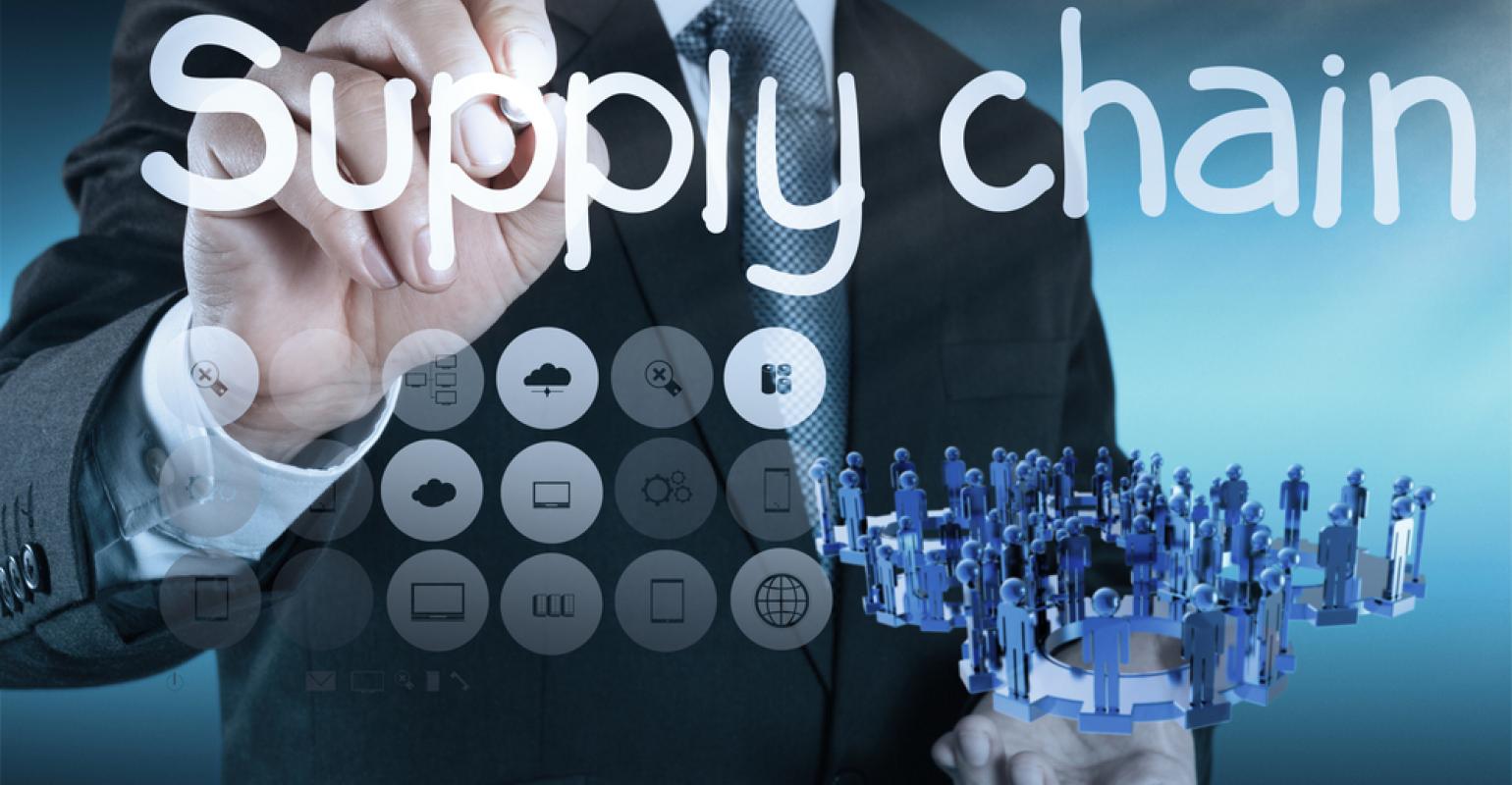An ideally integrated supply chain includes two major aspects – alignment and linkage. They apply inside and across organizations. While alignment involves common goals, visions, and processes, linkage is related to the communication platform used for making decisions. Alignment exists to ensure direction in decisions and linkage enables the availability of necessary information for those decisions.
Alignment and linkage form the core of supply chains, where management executes the broader functions and supports the strategies. Multiple business strategies are best supported when alignment and linkage are integrated, because that helps the decisions to be well matched.
Integration Challenges
Ideal integration is yet to be achieved in the supply chain industry. Well synced strategies and smooth flow of data are not experienced by all companies and that’s where the solution should focus. Let’s address the challenges on that front.
- Customer-centric metrics: Metrics can alter customer-centric strategies and they should be used for performance measurement. But the challenge lies in implementing a performance-based scorecard. It requires understanding the extended supply chain and the ability to influence change in one or many parts of the chain. Companies and their functionaries need to act in harmony to overcome this challenge and improve the impact of metrics.
- Multiple supply chains & customer segments: Companies with multiple product lines cannot perform optimally with a single supply chain. Each segment or market has its products, costs, speed, and flexibility with different alignment-and-linkage requirements. Companies need to address how they will define various market segments to determine their competitive characteristics. Supply chains need to fine-tune to meet specific customer needs.
- Global workload distribution: Insourcing and outsourcing should be balanced for the highest value. Insufficient focus on workload distribution might lead to high costs and inefficiency, which can restrict overall supply chain performance. The workload strategies are crucial in every aspect and using integration will help obtain accurate insights on outcomes.
- Prioritized sourcing: Choosing, developing, and guiding suppliers are critical to supply chains. Companies tend to lose valuable opportunities without capitalizing on supplier capabilities; and lack of focus on alignment and linkage diminishes great potential. With outsourced supplier networks growing, firms should develop sourcing cognizance on priority.
- Trust building: For smooth processes and collaboration towards a common goal, trust is essential in supply chain alignment. With increasing complexity in growing supply chains, companies ought to realize and convince their supply chain partners that with trust and collaboration, they will achieve long-term benefits. Companies also need to keep in mind that all risks cannot be mediated by insurance or contract.
Supply chain companies can overcome these challenges by changing their operational culture fundamentally. While that is easier said than done, some platforms are paving the way to a new style of functioning by exposing existing performance issues. It is proving to be useful to change mindsets. Trusting suppliers or collaborating with traders beyond a certain level may come as a radical change for some companies, but the rewards of an integrated supply chain planning are incentivizing enough.

